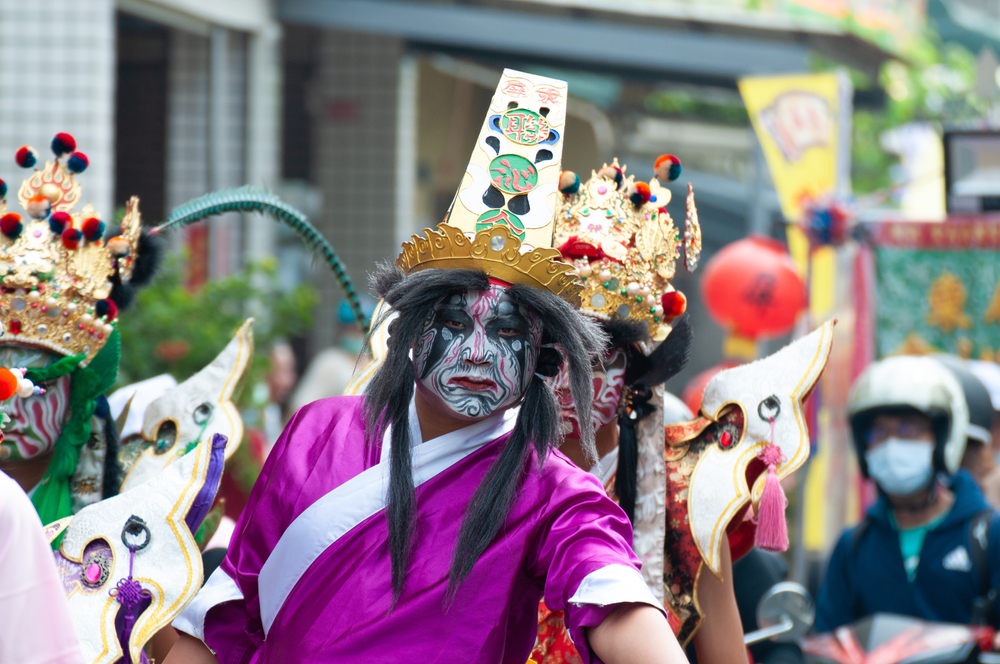
When the summer arrives, plenty of people cannot wait to get outside and take advantage of all the gorgeous weather has to offer. While it can seem like the modern obsession with this season stems from the fact that many children are off from school during the summer months, respect for this time of year goes back far into ancient history. Personifying the seasons with numerous spirits, cultures all over the planet created some truly fascinating tales and myths about the deities of summer.
The Importance of the Summer
Most ancient cultures were dictated entirely by the seasons. Across Europe, for example, farmers would work hard throughout the warmer months to ensure there was enough food in the reserves to last through the unforgiving winter. This meant that many people believed summer to be a vital part of the year, as it was when a large chunk of cultivating and harvesting was conducted. It also makes sense that the deities of summer also reflected the reverence for this time of year.
Áine
In Ireland, the ancient goddess Áine was said to be connected to the summertime. Specifically, Áine is connected to the period of midsummer, as well as the summer sun. Along with this, she represented fertility and supreme power. Just as summer can produce comforting weather one day and debilitating heat the next, so did Áine show sudden shifts when it came to her kindness and her cruelty. Stories of the goddess often had her bestow authority upon those who would lead throughout the early history of Ireland and its kingdoms.
One specific story has Áine assaulted by Ailill Aulom, who was the King of Munster. As repayment for this transgression, Áine was said to have bit off the man’s ear. The rules of the land at the time stated that no man could rule had he been disfigured in any capacity. Since Ailill Aulom no longer had an ear, he was forced to forfeit his claim to the throne. This is a story meant to highlight that Áine could bestow power upon a man as quickly as she could take it away.
The Great Deities of Summer
In China, Ba Jia Jiang is a collection of eight important members of the spiritual realm. Translated to mean “the Eight Generals,” Ba Jia Jiang consists of four gods connected to military generals and four associated with the seasons. One of these deities is the Great Summer God. This spirit is said to resemble a male with a long robe of red and a face painted to resemble a plum blossom. Each member of Ba Jia Jiang performs a specific role in a greater spiritual process, and the Great Summer God has the duty of interrogating captive ghosts.
Miochin
The Acoma and Laguna tribes of North America told many stories about the natural world and the seasons. One famous story passed on through generations was that of Miochin and Shakok. It was said that Miochin was the god of summer and Shakok the god of winter. After Miochin started to visit the wife of Shakok when he was away, the two unleashed all their elemental abilities at each other. After days of battle, a truce was called, and it was decided that the gods would never occupy the same place at the same time again.
The Horae: Deities of Summer
Finally, the Horae were the goddesses of time and the seasons in Greek mythology. Interestingly, there were a number of different iterations of the Horae throughout the ages. During the time when there were believed to be only three seasons, Auxo represented the summertime. Later, when it was accepted that there were four, the new personification of summer became Theros.
Throughout history, the summer has been a favored time of year for many. Though the deities of summer aren’t worshiped in the same way, people still show plenty of reverence toward the summertime by getting out and seizing the longer days.

